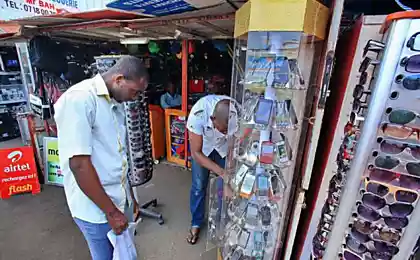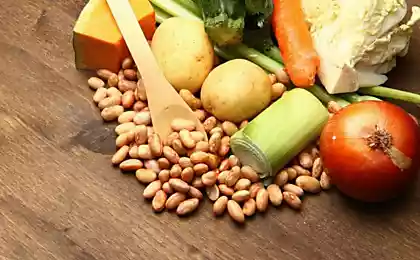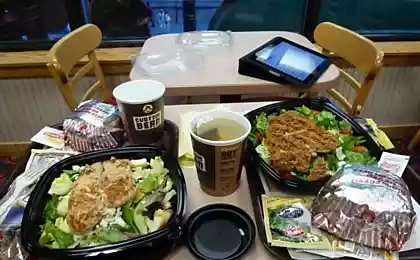908
How To Sell $ 20 200?

Every year, Professor Max Bazerman sells MBA students from Harvard Business School twenty-dollar bill much higher than the face value. His record - sale of $ 20 for $ 204. And he does it this way.
He shows the bill the whole class and says that he would give $ 20 to the person who will provide for her the most money. However, there is a small condition. The man, who was just behind the winner, will be required to give the professor the amount that he was willing to pay $ 20.
To make it clear - say two highest the bid was $ 15 and $ 16. The winner receives $ 20 in exchange for $ 16, and the second person will have to pay $ 15 to professor. These are the conditions.
Bidding starts at one dollar and quickly reach $ 12- $ 16. At this point, most students drop out of the auction, and there are only two people with the highest offers. Slowly but confidently auction approaches to the figure of $ 20.
It is clear that it is already impossible to win, but also did not want to lose, because the loser not only get nothing - he is forced to pay a nominal professor bide his last.
Once the auction is transferred abroad at $ 21, the class explodes into laughter. Students of MBA, supposedly so smart, willing to pay for a twenty-dollar bill above par. Indeed -komichno and very accurately describes the behavior of the holders of the degree of MBA.
However, the auction continues and quickly comes to $ 50, then a hundred, up to $ 204 - a record Bazermana for his teaching career. Incidentally, during the trainings the professor is doing the same trick with top managers and CEO of large companies - and always sells $ 20 above face value (the money spent on charity).
Why do people always pay twenty dollars more money, and that tries to show the professor? In humans, especially in business, there is a weak spot - loss aversion or fear of loss. Numerous experiments show that a person is behaving irrationally and even inadequate, when it begins to lose money.
Initially, all students feel that they have the opportunity to receive free money. They are not fools and will not pay more than twenty dollars for a twenty-dollar bill. However, as soon as the bidding reach $ 12- $ 16, the second person understands that he faces a serious loss, so he starts bidit more than going until the auction does not reach $ 21. At this point, both participants will lose money. But someone will lose all dollar, and someone twenty. To minimize losses, everyone tries to be a winner. However, this race leads only to the fact that both the auction participant loses more and more money, while the size of the losses does not reach such amount that a deeper hole to dig just does not make sense.
Thus, the desire to get "Freestuff twenty" turns around losses. Most interesting is that there are a lot of data - especially in the stock market and in the casino - which show Bazermana phenomenon in action. The person starts to lose money. Rather than fix the loss, he hopes to be able to win back the loss - and almost always loses more and more money.
So remember the lesson cunning professor - fear of loss leads to large losses. Fix losses until they are minimal.
























